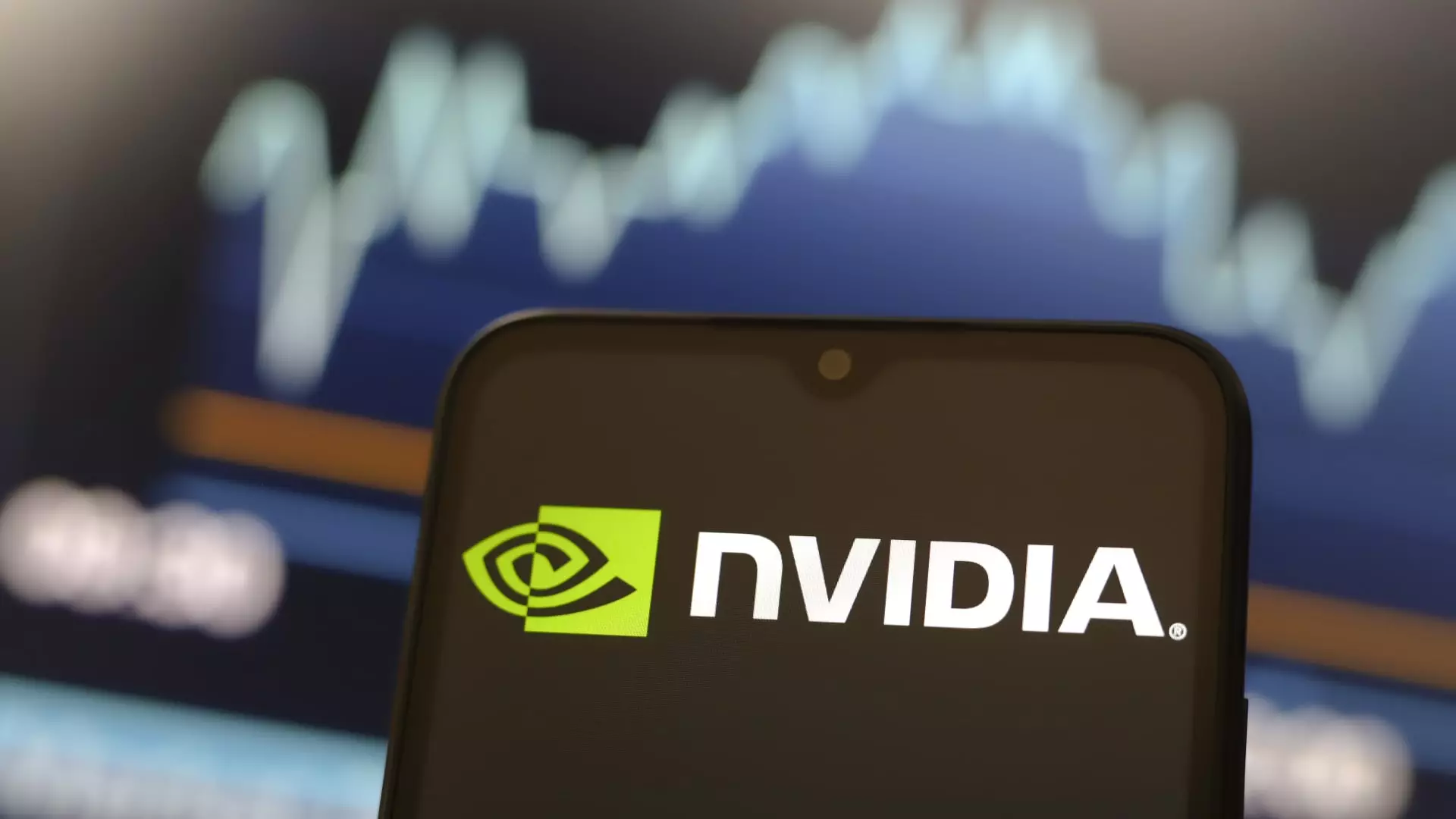In the fast-evolving landscape of technology stocks, Nvidia has long been considered a star performer, especially in the domain of artificial intelligence (AI) and graphics processing units (GPUs). However, recent performance has seen Nvidia’s shares take a significant dip, raising concerns among investors. The recent slump highlights critical market trends and suggests a shifting focus within the semiconductor sector. This article delves into the intricacies of Nvidia’s recent stock performance, juxtaposed against broader market dynamics and the fortunes of rival companies.
Nvidia’s shares plummeted, marking an official correction as the stock declined over 10% from its peak of $148.88. This drop occurred despite the Nasdaq Composite achieving an all-time high, indicating a possible divergence in investor sentiment. The definition of a market correction—typically characterized by a decline of at least 10%—helps contextualize Nvidia’s current struggles, particularly as its stock has fallen 4.5% in December alone. The widespread enthusiasm for AI and the company’s essential role in providing the necessary infrastructure for data centers, especially post the inception of ChatGPT, amplify the shock of this downturn.
The question arises: has the excitement surrounding Nvidia led to overvaluation? With shares that skyrocketed 166% this year, the recent slump could indicate profit-taking behavior among investors who have previously fueled the stock’s ascent. Indicators suggest that while Nvidia remains integral to AI infrastructure, market dynamics show a preference shift towards other growth stocks.
Industry experts are pointing towards a rotation within the so-called “Magnificent Seven” tech stocks as a key theme in the current market narrative. Keith Lerner, co-chief investment officer at Truist, highlighted that while Nvidia’s technology is indispensable, other companies are also emerging as significant beneficiaries from the broader tech excitement. With key competitors like Broadcom setting new performance records, the semiconductor sector seems to be engaged in a vigorous race for investor attention.
Nvidia’s current challenges reflect a broader sentiment where investors are diversifying their investments within the technology sector, seeking faster growth prospects elsewhere. The strong performance of competitors like Broadcom—which saw an 11% rise due to a favorable earnings report—underscores this trend. Such actions might signal a growing appetite for companies that can deliver rapid and substantial returns, at least in the short-term.
Nvidia’s stumble comes at a time when other chipmakers are enjoying robust performances. The likes of Micron Technology, Marvell Technology, and Lam Research have all demonstrated upward trajectories, easing investor concerns about the semiconductor market’s overall health. As Nvidia struggles, these companies are pulling ahead, attracting a shared cohort of momentum investors who are keenly watching for signs of growth potential.
The contrasting fortunes highlight how the chip sector is not monolithic; rather, its various players can experience different market cycles. Nvidia has set a high bar for innovation, particularly in AI, yet its recent underperformance suggests a complex environment where not all companies will move in tandem. The flattening of Nvidia’s growth curve raises critical inquiries regarding its competitive positioning and ability to innovate at the pace investors expect.
As Nvidia navigates this challenging phase, the broader implications for the semiconductor industry are increasingly evident. The growing divergence in stock performance among major players serves as a stark reminder of the volatility inherent in technology markets. Investors must remain vigilant, considering both Nvidia’s undeniable role in AI as well as the emerging opportunities present in other companies within the semiconductor space.
In a landscape defined by rapid innovation and shifting allegiances, Nvidia stands at a crossroads. The company’s ability to adapt to market changes and renew interest in its pioneering technologies will be critical not only for its rebound but also for its continued leadership in the AI revolution. The dynamics of investor sentiment and competitive alternatives will determine whether Nvidia can reclaim its standing or if it will remain vulnerable in a restructured and competitive market.

